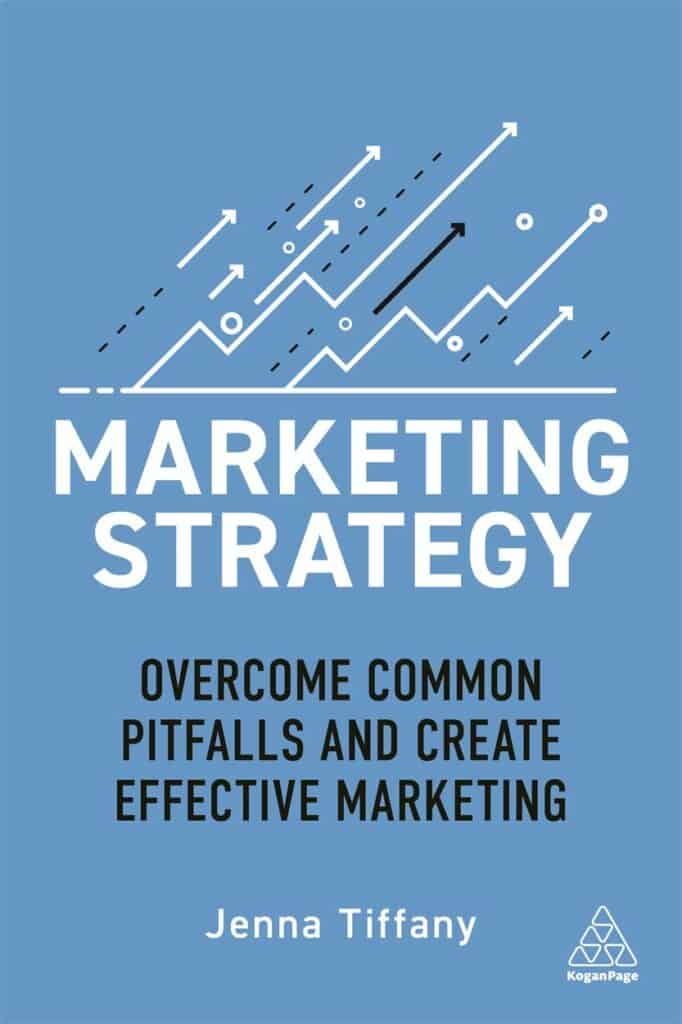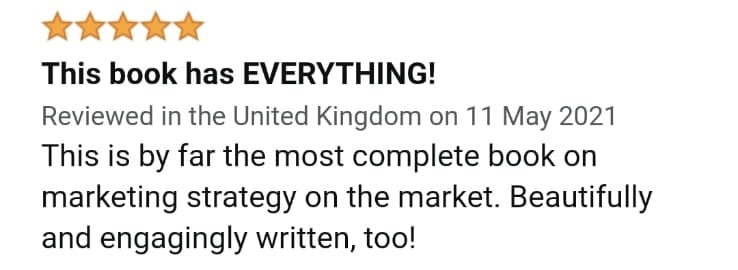The first T of my innovative STRATEGY framework stands for Target. Here’s how to make a strategic bullseye with perfectly picked goals and objectives.
Imagine setting out for a drive with no sat-nav, no map, and only the vaguest idea where you’re going. What’s more, you find that your speedometer isn’t working, and you have no idea how much petrol is in the tank.
It might be the start of a fun adventure – but it’s unlikely to get you where you need to be any time soon.
Launching a campaign without any objectives is a lot like that drive. You might know what your end goal is – but everything else is a mystery.
Setting good objectives will give you the tools you need to navigate your way through your campaign, and to check how things are going. Objectives help you to understand where you’re going, how to get there, and the kind of progress you’re making.
How can you define and set great objectives? I recommend using the SCALE framework:
SCALE – a new way to set objectives
The SCALE framework is my own, brand new innovation. I’ve been helping brands to design and set strategic objectives for many years, and watched the SCALE method propel countless campaigns to success.
To get an in-depth understanding of how SCALE works, you can read all about it in my book: ‘Marketing Strategy’, by Jenna Tiffany. Marketing lecturer Alicia Farrell described it as “A must-have for marketing strategy professionals and students alike”, so you know it’s worth clicking that link!
For a taster of how SCALE works in the meantime, here’s a quick guide to the acronym:
Strategic: Objectives should align with the wider strategy.
Considered: Think hard about how achievable your objectives are, and how you will measure their success.
Audience: Who is involved in each objective?
Lift: What numbers must you generate to track each KPI, and when?
End: All objectives should have a solid end-date, to prevent things from getting too vague.
SCALE objectives help you to create a solid, measurable, and achievable campaign strategy. By keeping you grounded and aligned with your wider goals, SCALE ensures that your objectives will succeed.
SCALE the strategy ladder – don’t fall! Avoiding common Target pitfalls
As well as plenty to consider when creating objectives, there’s also plenty to avoid. Here’s an extract from Chapter 3 of my book, ‘Marketing Strategy’, about the pitfalls of objective-setting:
“Avoid being vague. Be as specific as possible in your objective. If there’s a target to increase the visits to your website, it should be “increase website visits from new visitors by 5%” (or something similarly specific).
Always include at least one KPI. If a KPI is not included, it’s impossible to clearly measure the success or failure of the objective. Continuing my example from above, the KPI to measure is the existing new visitors to the website and the 5% increase. If 1,000 people currently visit your website within 12 months, then 5% increase in 12 months equals 1,050.

Always include at least one KPI. If a KPI is not included, it’s impossible to clearly measure the success or failure of the objective. Continuing my example from above, the KPI to measure is the existing new visitors to the website and the 5% increase. If 1,000 people currently visit your website within 12 months, then 5% increase in 12 months equals 1,050.
It’s always good to focus on improving on a previous performance, but validate that the objective you are setting is attainable. Assess the resources, equipment, time and budget required to achieve the objective – are they all readily available? The same assessment can be done if an objective has been put upon you and the marketing team.
Is it realistic? If it isn’t, you can build your case to Management using the models, frameworks and tools in this chapter.
Timeframe is absolutely key to achieving an objective. Ensure that it is as specific as possible and, as per the point above, that it is achievable with the constraints of the organization. This should always be in the back of your mind when creating any strategy and marketing campaign.”
For more, you’ll have to buy the book! Order your copy of the book via our website and get a 20% discount.


About Jenna Tiffany
Jenna Tiffany, award-winning marketer, has been recognized as one of the top 50 marketers to follow in the world. She is the Founder and Strategy Director at marketing agency Let’sTalk Strategy, providing strategic consultancy services across the digital marketing mix. She is a Chartered Marketer and awarded Fellow of the Institute of Data & Marketing (IDM) with over ten years’ marketing experience, and has consulted on marketing strategy with brands such as Shell, Hilton and World Duty Free.
Jenna is a keynote speaker, having spoken at hundreds of marketing events worldwide and is an elected member of the prestigious DMA UK Email Marketing Council. Jenna is also a qualified teacher regularly teaching marketing at universities. She regularly gets interviewed for her thoughts on marketing strategy and the latest trends.

